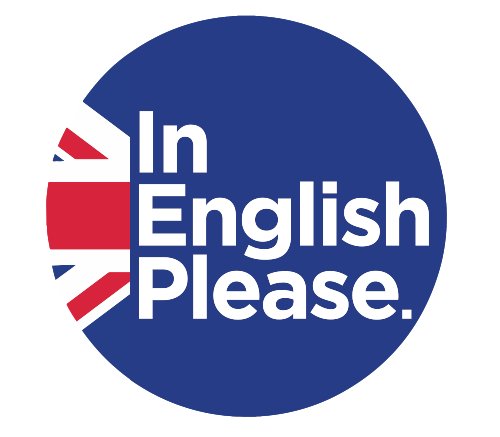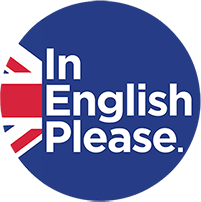Formal VS. Informal Emails
A formal email is usually an email that is sent to someone that you don’t know very well or that is in a higher authority position than you are. It might, for example, be a professor at a university, a public official, or an external business that you are doing business with.
When sending emails within a workplace, it is usually less formal, and it is a way of communicating with your work colleagues about everyday happing’s within the company. The person you are addressing in an informal email is usually someone you know well.
A formal email will have a defined structure, whereas an informal email has less of a structure.
You usually avoid using abbreviations, contractions, slang, and emoticons in formal emails. Whereas in, informal emails it is deemed more acceptable use.
Formal email example: The meeting is scheduled for the 5th of January at 9:30 a.m. All students must attend the meeting. Your project updates are needed.
Informal email example: Required meeting – 5 Jan, 09:30, Updates needed. See ya there 😊
Writing Formal VS Informal Emails
| Formal Email | Information Email | |
| Greeting | Dear Ms + Surname Dear Madam | Hello Dear + Name |
| Into | Thank you for your email about…I am writing to request information about…I am writing concerning… | Thanks for your email. It was great to hear from you again. Guess what? How are things? What’s Up? |
| Detail | I am following up with regards to our recent phone call…. I just wanted to confirm your appointment for your …. On … and…. | Thanks for taking my call about …. I want to confirm that you are going to join me on ….. |
| Action | Please confirm if this day and time still work for you? | Will this still work for you? |
| Closing | If you start with Dear Madam, then end with Yours FaithfullyIf you start with Ms + Surname, then finish with Yours sincerely / best regards. | Best wishes / the best / keep in touch. |

